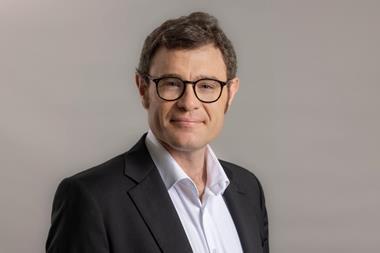SWITZERLAND – Pension contributions will need to be increased by as much as 30% and 40% for Switzerland's first and second pillars, respectively, if a further cut to the conversion rate is not made, according to one industry expert.
However, Bruno Pfister, chief executive at SwissLife, pointed out that a cut in the conversion rate would be both a technical and a social issue.
Addressing the PPS conference in Lausanne, he said: "We currently promise higher pensions to pensioners than they have actually saved over their career.
"That's precisely the reason why so many Swiss pension funds are currently facing an important deficit gap."
Pfister said that while Switzerland could look into increasing contributions, or even extending the length of contributions, another possible solution would be to cut the conversion rate further.
"If we wanted to balance the financial situation of many pension schemes in Switzerland, we would need to increase contributions by 10-30% to the first pillar and by 20-40% to the second pillar," he said.
"Another alternative would be to extend the length of contributions and set the legal retirement age at between 67 and 70 years old for the first pillar and between 69 and 71 years for the second pillar. Obviously, there is currently no political will to go ahead with such measures."
According to Pfister, the cut in the conversion rate therefore remains the only feasible option.
However, such measures have proved controversial in recent years.
In August last year, a consultation on the Swiss second-pillar pension system showed that almost two-thirds of respondents said they would welcome a further cut in the conversion rate.
In total, 63 participants said they would like to see the rate used for calculating pension payouts cut further, while 22 opposed the idea.
But in March 2010, almost 73% of Swiss voters rejected a proposal in a referendum to cut the conversion rate on Swiss second-pillar pensions.
At the time, the majority of voters in all Swiss cantons rejected plans to cut the conversion rate from 7% for men and 6.95% for women to 6.4% by 2016.












No comments yet